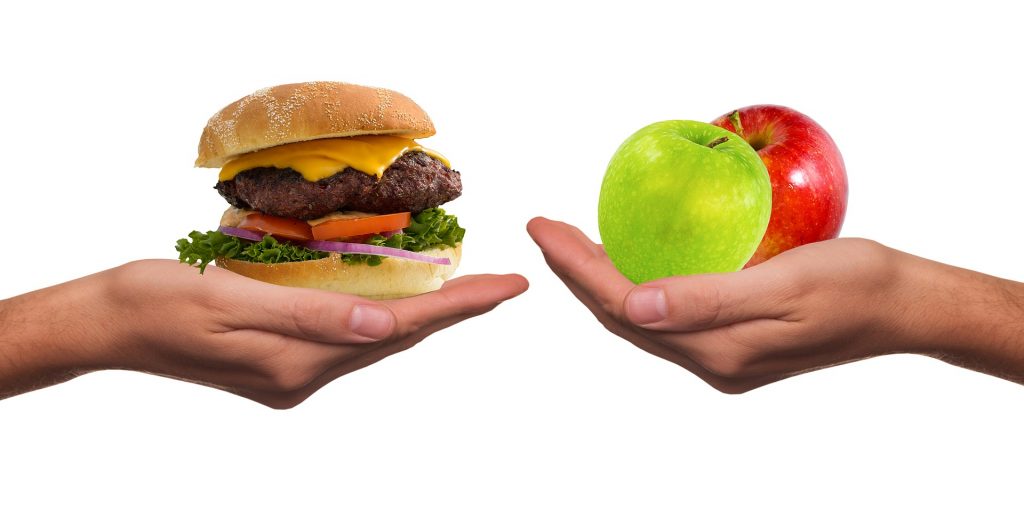
Bounded Rationality
The concept of bounded rationality arose with the attempt of Herbert Simon to develop a more realistic theory of behavior than the theory of economic rationality prevalent in the 1950s. According to Simon, bounded rationality refers to the rational principles that guide the behavior of real people, and assumes that behavior does not pursue any kind of optimization. For Simon, limited rationality is not irrational, but is an intelligent and adaptive response of organisms with limited cognitive resources and time that interact repeatedly with an environment with structure. This view of bounded rationality proposes that people-and other animals-make decisions by following simple rules that use little information known as heuristics.

Decision Processes
The CEO of a company that must decide whether to launch a new product does not know how many people will be interested, how much they will be willing to pay, against what our products he will compete, or what is the best time to launch. In the face of such uncertainty, how does the director decide? What information does he use? How does he explore the information? How does he combine it? The evidence shows that in complex situations or situations of great uncertainty, decision processes are not complex but simple. Studying the heuristics that people use is one of the key areas of interest in the laboratory.

Structure of the Environment
Which one of two candidates do we prefer to occupy a teaching position? Do we value all the reasons and weigh them according to their importance? A plausible alternative is the “take the best” heuristic that consists of identifying the most important dimension and deciding based on it. In this case, we could choose the candidate who has published most articles. Is this a good heuristic? The answer depends on the structure of the environment. If the number of publications is intimately related to the quality of a candidate, then it will be a good heuristic. This example illustrates a fundamental idea. If we use different heuristics to make decisions in different situations, then we should not ask whether a heuristic is good or bad, but ask whether a heuristic is adequate for a given environment. According to Gigerenzer, “a heuristic is ecologically rational to the degree that it is adapted to the structure of the environment.” Therefore, to evaluate a heuristic we must study the environment.

Information and Learning
In most important decisions-and also in less important ones-we do not have an instructions manual where to consult the relevant aspects to consider. We do not know all the available options, their consequences, and let alone their chances. However, we have tools to deal with this uncertainty. One way is to search for information. How to do it and how much to look for? The most prevalent decision theories (expected utility theory, prospect theory) omit this question. For Herbert Simon, search represents the primordial cognitive process, the essence of decision making. We are interested in discovering which search patterns people follow and how they depend on the situation. A decade of evidence shows that the decisions that are made after searching for information are drastically different than those that are made when that same information is available without searching for it. Another mechanism to reduce uncertainty is to learn from the consequences of our own decisions. Therefore, in situations of uncertainty, decision processes usually involve learning mechanisms (e.g., reinforcement learning, instance-based learning). Understanding these learning mechanisms will not only allow us to improve our decisions, but will allow us to improve the devices that use artificial intelligence and thus need learning algorithms to make autonomous decisions.

Promoting Better Decisions
Are overweight people guilty of their condition? Recent studies show that eating decisions depend to a large extent on the environment in which they are taken. For example, the order in which the different dishes are arranged in a school cafeteria influences the dishes that students choose to eat. Students are free to choose whatever they want, but the person in charge of the cafeteria -whether he likes it or not- exerts a great influence on the wellbeing of the students. Understanding how people make decisions and how they depend on the situation will allow us to design environments that favor better decisions. This line of work has a direct application in ergonomics and human-computer interaction. Traditionally from a more practical perspective, these approaches have sought to adapt the choice situation to improve decisions.
